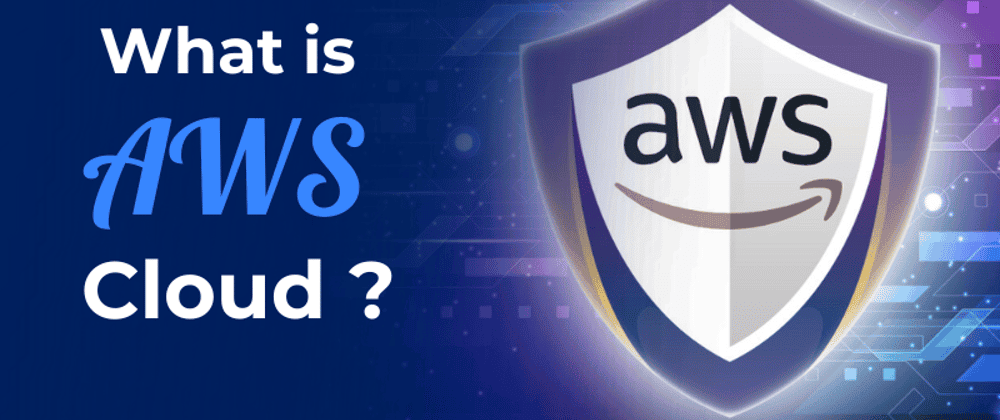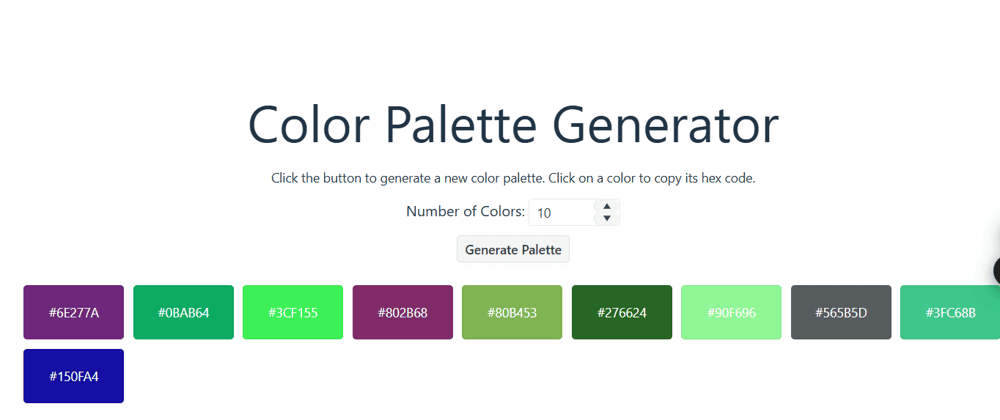Exploring the GNU Verbatim Copying License
Exploring the GNU Verbatim Copying License
The open-source world thrives on collaboration, but the legal frameworks governing software distribution significantly impact this dynamic. One such framework, the GNU Verbatim Copying License (GVCL), has sparked considerable debate. This post delves into the GVCL, exploring its origins, advantages, disadvantages, and its overall contribution to the open-source landscape. We’ll examine how its strict adherence to code integrity influences both software development and legal considerations.
Introduction
The GNU Verbatim Copying License distinguishes itself through its unwavering commitment to the preservation of source code integrity. Unlike more permissive licenses, GVCL mandates that any distributed copy remains exactly as originally authored. This uncompromising approach generates both enthusiasm and contention. While it offers robust intellectual property protection, it can simultaneously hinder collaborative innovation. This unique characteristic makes it particularly relevant for projects where even minor alterations pose risks—think secure communication systems or embedded software where the slightest change could compromise functionality or security.
The GVCL's design stems from the broader free software movement, drawing influence from existing models while seeking to address limitations perceived in more flexible licenses such as the MIT License and certain versions of the GNU General Public License (GPL). By insisting on verbatim copying, the GVCL aims to prevent unauthorized modifications, a feature many view as crucial for maintaining software quality and giving appropriate recognition to original creators.
Summary of Key Insights
Origins and Evolution
The GVCL emerged during the open-source movement's rapid expansion, a time when developers sought equilibrium between software freedom and strict code integrity. Its history mirrors a concentrated effort to preserve the codebase’s ‘purity.’ Inspired by the Free Software Foundation's principles, the GVCL unequivocally prohibits any alterations, ensuring every distributed copy remains unaltered, unless an exact reproduction.
Strengths and Advantages
The GVCL's primary strength is its rigid commitment to code fidelity. For developers and organizations prioritizing authenticity, it guarantees the software's distribution in its original form. This instills user trust, ensuring every copy accurately represents the original work. It safeguards creators' rights and mitigates scenarios where companies might exploit code without proper attribution or compensation. It also fosters crucial discussions about open-source licensing, encouraging projects to carefully consider how best to protect and value contributions.
Downsides and Controversies
Despite its benefits, the GVCL faces criticism, primarily for its inflexible nature. Its prohibition of modifications can obstruct innovation; developers seeking minor improvements or critical security patches encounter considerable legal hurdles. This rigidity might inadvertently stifle the collaborative refinement process central to many successful open-source projects. Furthermore, debates exist concerning commercial exploitation. Some argue that despite its focus on code integrity, the GVCL's strict rules could enable corporate exploitation without providing creators with adequate compensation. This raises questions on whether a more balanced dual licensing model—combining permissive and protective features—might offer a better approach.
Conclusion
The GNU Verbatim Copying License presents a compelling case study within the open-source landscape. Its stringent code preservation requirements highlight a key tension in software development: balancing the need to protect original work with fostering innovation. The license champions a philosophy emphasizing creator intent, but at the cost of flexibility. It begs the question: should commercial flexibility be sacrificed for unwavering code integrity? While not suitable for every project, its ideological foundation continues to spark debate, shape licensing practices, and remind us of open-source’s core values. For further information, explore resources like the GNU’s official licensing page and other discussions on open-source licenses.
Related Articles
Software Development
Unveiling the Haiku License: A Fair Code Revolution
Dive into the innovative Haiku License, a game-changer in open-source licensing that balances open access with fair compensation for developers. Learn about its features, challenges, and potential to reshape the software development landscape. Explore now!
Read MoreSoftware Development
Leetcode - 1. Two Sum
Master LeetCode's Two Sum problem! Learn two efficient JavaScript solutions: the optimal hash map approach and a practical two-pointer technique. Improve your coding skills today!
Read MoreBusiness, Software Development
The Future of Digital Credentials in 2025: Trends, Challenges, and Opportunities
Digital credentials are transforming industries in 2025! Learn about blockchain's role, industry adoption trends, privacy enhancements, and the challenges and opportunities shaping this exciting field. Discover how AI and emerging technologies are revolutionizing identity verification and workforce management. Explore the future of digital credentials today!
Read MoreSoftware Development
Unlocking the Secrets of AWS Pricing: A Comprehensive Guide
Master AWS pricing with this comprehensive guide! Learn about various pricing models, key cost factors, and practical tips for optimizing your cloud spending. Unlock significant savings and efficiently manage your AWS infrastructure.
Read MoreSoftware Development
Unveiling the FSF Unlimited License: A Fairer Future for Open Source?
Explore the FSF Unlimited License: a groundbreaking open-source license designed to balance free software distribution with fair developer compensation. Learn about its origins, strengths, limitations, and real-world impact. Discover how it addresses the challenges of open-source sustainability and innovation.
Read MoreSoftware Development
Conquer JavaScript in 2025: A Comprehensive Learning Roadmap
Master JavaScript in 2025! This comprehensive roadmap guides you through fundamental concepts, modern frameworks like React, and essential tools. Level up your skills and build amazing web applications – start learning today!
Read MoreBusiness, Software Development
Building a Successful Online Gambling Website: A Comprehensive Guide
Learn how to build a successful online gambling website. This comprehensive guide covers key considerations, technical steps, essential tools, and best practices for creating a secure and engaging platform. Start building your online gambling empire today!
Read MoreAI, Software Development
Generate Images with Google's Gemini API: A Node.js Application
Learn how to build an AI-powered image generator using Google's Gemini API and Node.js. This comprehensive guide covers setup, API integration, and best practices for creating a robust image generation service. Start building today!
Read MoreSoftware Development
Discover Ocak.co: Your Premier Online Forum
Explore Ocak.co, a vibrant online forum connecting people through shared interests. Engage in discussions, share ideas, and find answers. Join the conversation today!
Read MoreSoftware Development
Mastering URL Functions in Presto/Athena
Unlock the power of Presto/Athena's URL functions! Learn how to extract hostnames, parameters, paths, and more from URLs for efficient data analysis. Master these essential functions for web data processing today!
Read MoreSoftware Development
Introducing URL Opener: Open Multiple URLs Simultaneously
Tired of opening multiple URLs one by one? URL Opener lets you open dozens of links simultaneously with one click. Boost your productivity for SEO, web development, research, and more! Try it now!
Read More
Software Development, Business
Unlocking the Power of AWS: A Deep Dive into Amazon Web Services
Dive deep into Amazon Web Services (AWS)! This comprehensive guide explores key features, benefits, and use cases, empowering businesses of all sizes to leverage cloud computing effectively. Learn about scalability, cost-effectiveness, and global infrastructure. Start your AWS journey today!
Read MoreSoftware Development
Understanding DNS in Kubernetes with CoreDNS
Master CoreDNS in Kubernetes: This guide unravels the complexities of CoreDNS, Kubernetes's default DNS server, covering configuration, troubleshooting, and optimization for seamless cluster performance. Learn best practices and avoid common pitfalls!
Read MoreSoftware Development
EUPL 1.1: A Comprehensive Guide to Fair Open Source Licensing
Dive into the EUPL 1.1 open-source license: understand its strengths, challenges, and real-world applications for fair code. Learn how it balances freedom and developer protection. Explore now!
Read MoreSoftware Development
Erlang Public License 1.1: Open Source Protection Deep Dive
Dive deep into the Erlang Public License 1.1 (EPL 1.1), a crucial open-source license balancing collaboration and contributor protection. Learn about its strengths, challenges, and implications for developers and legal teams.
Read MoreSoftware Development
Unlocking Kerala's IT Job Market: Your Path to Data Science Success
Launch your data science career in Kerala's booming IT sector! Learn the in-demand skills to land high-paying jobs. Discover top data science courses & career paths. Enroll today!
Read More
Software Development
Automation in Software Testing: A Productivity Booster
Supercharge your software testing with automation! Learn how to boost productivity, efficiency, and accuracy using automation tools and best practices. Discover real-world examples and get started today!
Read MoreSoftware Development
Mastering Anagram Grouping in JavaScript
Master efficient anagram grouping in JavaScript! Learn two proven methods: sorting and character counting. Optimize your code for speed and explore key JavaScript concepts like charCodeAt(). Improve your algorithms today!
Read More
Software Development
Mastering Kubernetes Deployments: Rolling Updates and Scaling
Master Kubernetes Deployments for seamless updates & scaling. Learn rolling updates, autoscaling, and best practices for high availability and efficient resource use. Improve your application management today!
Read More
Software Development
KendoReact Color Palette Generator: A Powerful, Free Component Showcase
Generate stunning color palettes effortlessly with this React app built using free KendoReact components. Customize the number of colors, copy hex codes, and enjoy smooth animations. Build your perfect palette today!
Read More